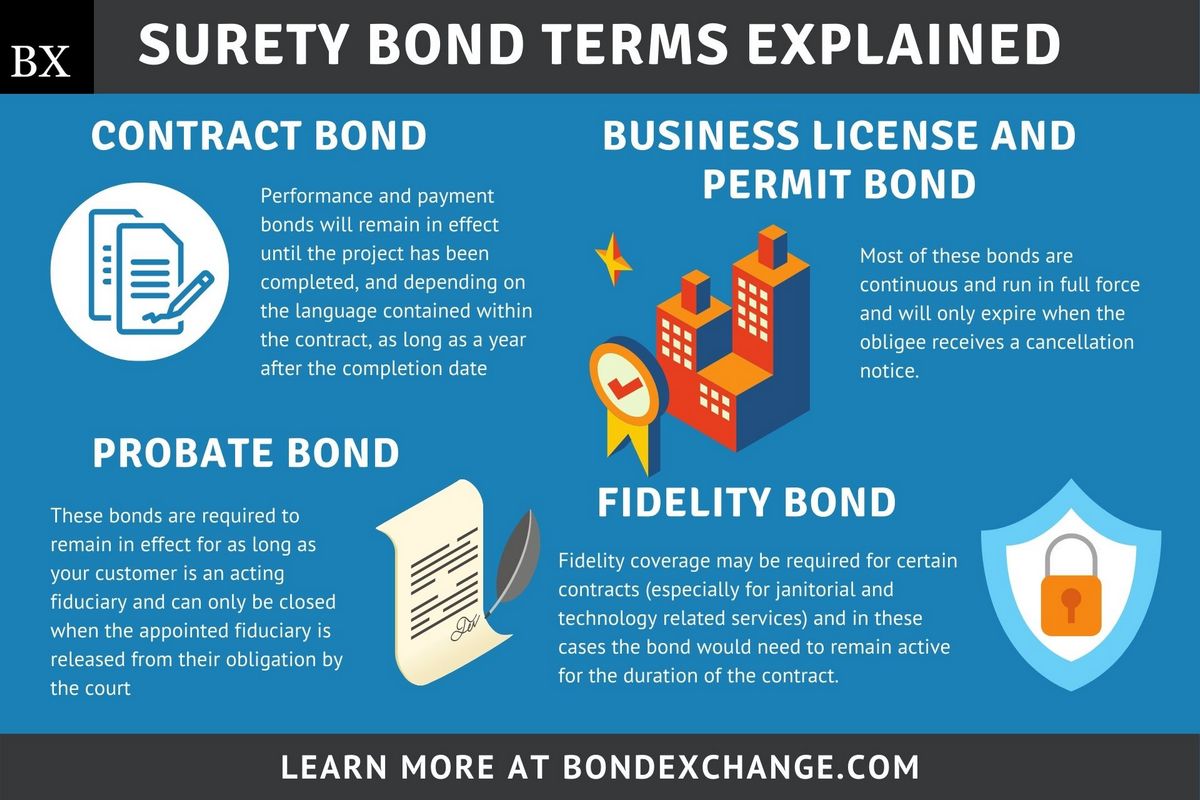Understanding Bond Insurance Why It Is Needed

Contents
Understanding Bond Insurance: Why It’s Needed
What Is Bond Insurance?
Bond insurance is an insurance policy that guarantees the repayment of principal and associated interest payments to bondholders in the event of default. Bond issuers purchase this insurance to improve their credit rating and attract investors by reducing interest costs.
Bond insurance is also known as financial guaranty insurance.
Key Takeaways
- Bond insurance protects bondholders from default by guaranteeing repayment of principal and sometimes interest.
- Issuers who buy bond insurance receive a higher credit rating, making their bonds more attractive to investors.
- Bond insurance is commonly used for municipal bonds and asset-backed securities.
Understanding Bond Insurance
The credit rating of a debt instrument considers the issuer’s creditworthiness. Riskier issuers have lower ratings and higher yields, increasing borrowing costs. To improve ratings and attract investors, companies may use credit enhancement.
Credit enhancement, such as bond insurance, raises the rating of the insured security to match the higher of the insurer’s claims-paying rating or the underlying rating without insurance.
Bond insurance guarantees repayment of principal and scheduled interest payments in case of default. The premium is determined based on the issuer’s risk.
In 2020, the largest bond insurers were Assured Guaranty, Build America Mutual, MBIA, Ambac, and Syncora Guarantee.
Other Considerations
Bond insurers generally cover securities with underlying ratings from BBB to AAA. Once insurance is in place, the issuer’s rating becomes irrelevant, and the bond insurer’s rating applies.
If a bond issuer defaults, bondholders should not face significant disruptions. The insurer will assume the liability and make future principal and interest payments.
Bond insurance is typically obtained when issuing municipal securities, and it can also be used for infrastructure bonds, non-U.S. regulated utilities, and asset-backed securities (ABS).



